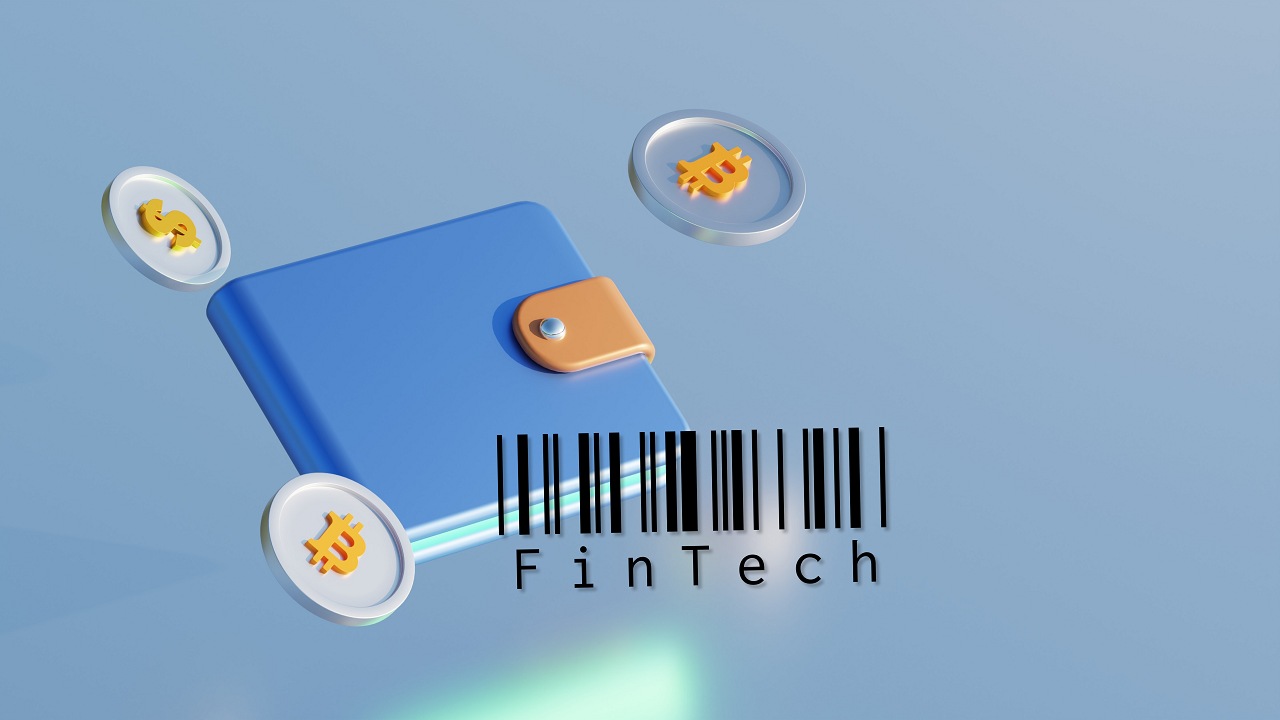See how Google AI breathed new life into 10,000 Bored Ape NFTs

Imaging technology based on AI has become increasingly powerful and impressive as time has passed. Most notably, the NFT art space has greatly benefited from this new technology, with projects such as Entropy Cards featuring pieces generated almost entirely using AI tools. Some projects in the NFT space are even starting to embed AIs into NFTs.
But with the release of the Artsy Monke collection, perhaps the time is ripe to embrace tradition and return to monk. For those skeptical of the project based on the name alone, this is not an attempt to stick with the brand that has defined the most popular collection in the space. Artsy Monke is different – it’s a collection of 10,000 AI-generated images, all based on the first 10,000 piece Bored Ape Yacht Club drop.
A promising start for AIs in NFTs
All 10,000 Artsy Monkes sold out at breakneck speed after they were minted in mid-July. Collectors were immediately drawn to these dazzling, painterly renditions of the monkeys that have continued to capture the hearts and minds of the NFT community. The best part? Each Artsy Monke was sold for just 0.01 ETH after the first coin – about $16.53.
Prices for these computer-generated monkeys have risen steadily on the secondary market since then, but not by much. At the time of writing, the highest price paid for an Artsy Monke on OpenSea is 0.5 ETH, for Monke #442. While that’s not a life-changing amount, it’s still 50 times more than what the original buyer paid for it.
Thanks to the low prices and the promise of a future metaverse theme park complete with play-to-earn (P2E) gaming experiences, as stated in the press release, the collection has consistently remained within OpenSea’s lists of the most popular projects for weeks. since release.
The logistical challenges of AI-powered NFTs
So what makes this collection so special? It wasn’t done with readily available AI image generators like the DALL-E mini – in fact, the software and technology used to create this technology was written by Google and the Artsy Monke developers. Artsy Monk’s AI artist Crypto Grimes used Google’s computing platform Colab and the tech giant’s state-of-the-art cloud computing services to get the project rolling. These powerful tools were complemented by Grim’s own programming knowledge, which allowed the project to succeed despite its large scale.
But this scale required robust solutions. In the press release, Grims described the multi-step process behind the AI interpretations of each “OG Monk” – the term used by the Artsy Monke team to refer to the original BAYC collection. The first step was to feed the original 10,000 monkeys into the machine “as a loose canvas to frame the generative art,” Grims said.
Grims then taught the AI rig to paint in twenty different art styles — each shortlisted by the Artsy Monke team — in a groundbreaking framework that harkens back to Crypto Grims’ early work with AI art. As the 2021 bull run gained traction, Grims injected the power of AI. Of course, having a background as a software engineer was a significant boost – as Grims will describe in a blog post about Boring Panda – they discovered how to “train a neural network to paint a cartoon punk in the style of Picasso” in the very first weeks of experimentation.
Unfortunately, the first AI-generated play wasn’t perfect. It took Grim’s computer over an hour to generate the image, and the output was just a thumbnail that reportedly only vaguely resembled the work of the Spanish art icon, or even a comic book punk, for that matter. At that point, Grims thought they were done with AI art — until they discovered how much the tools for creating AI pieces evolved in the following months.
Thanks to the recent advances in AI and image diffusion, Grims developed an AI “trained with 14 million images and with a west dataset of related keywords.” With a few text messages, AI can now reportedly “create any art on any subject, in the style of any artist.” Now, Grims and the rest of the Artsy Monke team aim to further promote their data-driven tribute to BAYC. However, it may take time for this AI project to roll out again – and it may take longer for it to create a full NFT collection. But with past successes, we can expect another big splash on the scene before long.
























